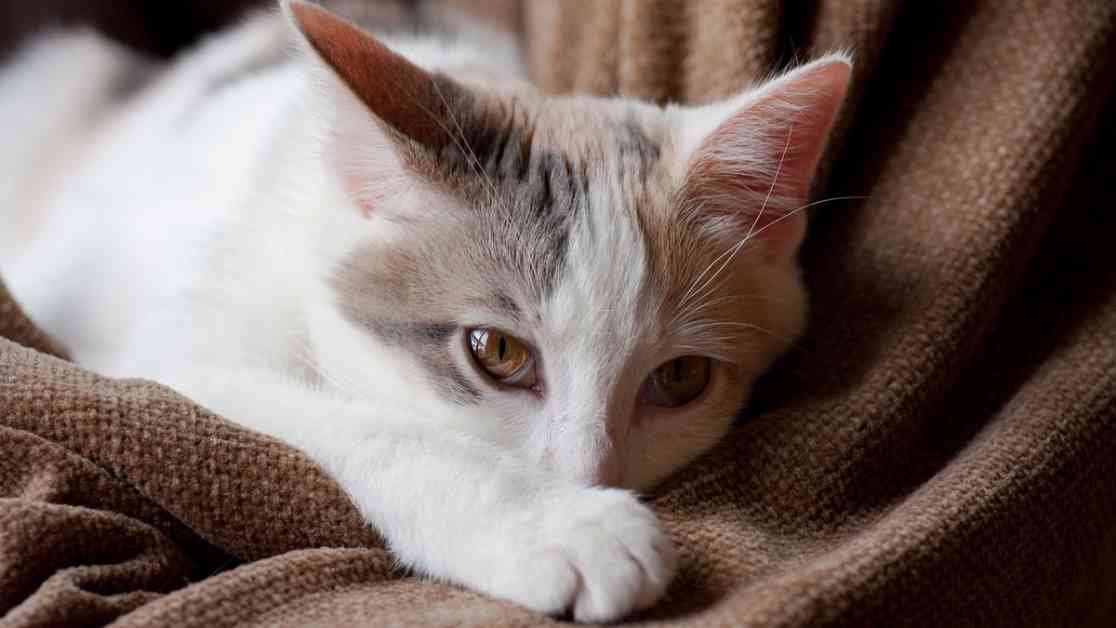Two indoor cats in Michigan were diagnosed with H5N1 bird flu in 2024, a concerning development outlined in a recent report. This revelation sheds light on the potential transmission of the virus from humans to household pets, sparking questions about the interconnectedness of zoonotic diseases in our daily lives.
The cases, detailed in a Morbidity and Mortality Weekly Report (MMWR) published on February 20, involved two separate households in Michigan. The affected felines, described as “exclusively indoor” cats, displayed symptoms of the avian flu and tragically succumbed to the illness. The report, authored by scientists from the Centers for Disease Control and Prevention (CDC) and other Michigan health and agricultural agencies, highlights the severity of the situation and the need for further investigation.
H5N1, a strain of bird flu known to impact both wild and domestic cats, can cause severe symptoms, including neurological issues, leading to fatal outcomes. The U.S. Department of Agriculture had been monitoring H5N1 infections in felines across the country since May 2022, with reports of pet cats contracting the virus from contaminated raw pet food products. This alarming trend underscores the importance of understanding the dynamics of zoonotic diseases and their implications for both animal and human health.
Household Transmission and Symptom Presentation
In one of the reported cases, a household with three indoor cats witnessed the onset of illness in one of their pets in May 2024. The affected cat, a 5-year-old female, initially displayed signs of decreased appetite, lethargy, and disorientation, prompting a visit to a local veterinarian and subsequently to the Michigan State University (MSU) Veterinary Medical Center. Despite advanced treatments, the cat’s condition deteriorated rapidly, leading to the difficult decision to euthanize the animal.
The cat’s owner, who worked on a dairy farm in Michigan, had indirect exposure to livestock, raising concerns about potential cross-species transmission of the virus. Subsequent testing confirmed the presence of H5N1 in the cat’s brain and nasal swabs, with genetic sequencing linking the virus to strains found in local cattle. This discovery triggered a broader investigation into possible human-to-animal transmission within the household, as another indoor cat exhibited mild symptoms following the first cat’s illness.
While the second cat recovered without specific treatment, highlighting the variability in disease presentation among felines, a household member, a teenager with close contact with the sick cat, reported respiratory symptoms shortly after the cat’s illness. Despite testing negative for influenza A, the teenager’s experience underscores the potential risks associated with zoonotic diseases and the need for vigilance in monitoring household interactions with infected animals.
Challenges in Diagnosis and Prevention
In a separate Michigan household, a second indoor cat, a 6-month-old male, displayed neurological symptoms consistent with H5N1 infection, ultimately succumbing to the illness within a day of symptom onset. The cat’s owner, also a dairy worker with exposure to unpasteurized milk from various farms, declined testing for bird flu due to fear of repercussions and reported symptoms suggestive of ocular irritation, a common feature of H5N1 infections in humans.
The household dynamics and occupational risks associated with dairy farming underscore the complexities of preventing zoonotic diseases in domestic settings. The reluctance to undergo testing and the potential consequences of disclosing exposure to infectious agents highlight the challenges in addressing public health concerns while balancing personal and professional considerations.
As researchers and public health officials continue to investigate the transmission pathways of H5N1 and other zoonotic diseases, the importance of proactive surveillance and communication strategies cannot be overstated. By fostering a culture of transparency and collaboration between human and animal health sectors, we can enhance our ability to detect and prevent future outbreaks of infectious diseases with pandemic potential.
In conclusion, the cases of bird flu in indoor cats in Michigan serve as a sobering reminder of the interconnected nature of zoonotic diseases and the need for comprehensive strategies to mitigate risks to both animal and human populations. As we navigate the complexities of disease transmission in shared environments, a concerted effort to prioritize surveillance, education, and preventive measures can help safeguard our communities against emerging health threats.










